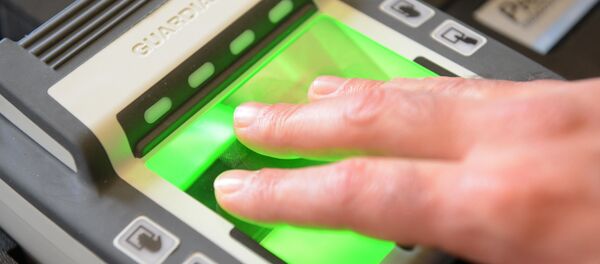MIT Technology Review reported Thursday on the Pentagon’s laser vibrometry program, which uses a laser to track the heartbeat of its target based on how the surface of the skin moves as a result of blood flow.
The device, dubbed “Jetson,” builds on tech from two different fields: on the one hand, existent technology that remotely records a patient’s pulse, and on the other, a device used to monitor vibrations in structures such as wind turbines from a long distance away. The result is a gimbal-mounted device that doesn’t need physical contact, or even a sight view of your skin, in order to identify your unique heartbeat.
Heartbeats, MIT notes, are even more unique than gaits or faces, both of which can be modified. A heartbeat, however, cannot. As a result, heartbeats are becoming the last word in biometric identification. The Canada-based tech company Nymi has begun using a wrist-worn pulse sensor as an alternative to fingerprint identification, MIT noted.
Jetson, however, can work as far away as 200 yards and even sees through regular clothing, although it fails with the thickest winter coats, which obscure the subtle surface movements caused by your heartbeat. It requires about 30 seconds of continuous contact, and the target cannot be moving.
“I don’t want to say you could do it from space,” Steward Remaly, of the Pentagon’s Combatting Terrorism Technical Support Office, told Technology Review, “but longer ranges should be possible.”
Another major challenge, as with all biometric identification, is building up a big enough database to cross-reference people on. There are clearly a lot of kinks to be worked out, but when it’s all figured out, Jetson could potentially be used for everything from security purposes to positively identifying targets on battlefields via drone to tracking medical patients’ heart patterns nonintrusively.






